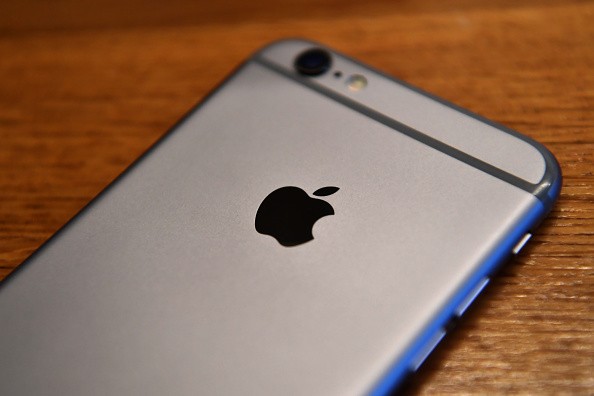Apple has been eyeing for organic light-emitting diode (OLED) technology for sometime. As the rumor mill is going berserk with news that Apple plans to introduce OLED on their MacBook Pro and iPhone 8 next year, there are major concerns regarding the inadequate stock of the display technology that may not be able to meet all demands.
Other than the Cupertino firm, there are other companies lined up to tie up deals for OLED supplies. Oppo is one of the companies that had plans to supply 90 to 100 million units to China this year, but the company could not meet its target owing to inadequate supply of Samsung's AMOLED panels.
There are, however, more reports that Samsung may not be able to meet all demands, hitting only 100 million smartphones this year, DigiTimes reported. As of now, Samsung Display is facing serious issues in supplying display panels to its vendors due to its tight production capacity.
As noted by other reports, there are other vendors involved in manufacturing and supplying OLEDs in the smartphone market, but Samsung holds a special place in the market for supplying a major volume of the display screens, Apple Insider reported.
Right now, Samsung has a list of product that heavily relies on OLED technology. Therefore, it is important for the Korean company to revamp its production, otherwise there are possibilities of adequate demand-supply issues for the smartphone business next year.
So, what is organic light-emitting diode screen or OLEDs? OLED screens are designed with organic compounds that help to emit light that works in response to a current. The process eliminates any need for a backlight as opposed to LCD screen technology that uses backlight.
The technology came to prominence in 1987, but it became widely popular in the next few years that saw a major implementation of the display technology with improvements in precision engineering and manufacturing.
In contrast to LCD displays, OLEDs boast superior color display and enhanced contrast ratio. Compared to LCD screens, OLED technology has important power efficiency improvements since black pixels do not consume any power.
OLEDs appear much thinner than any other competing technologies as the display screen does not use backlight. More importantly, OLEDs have a higher response time, which is 0.01 milliseconds against 1 millisecond as in LCD screens.
A demonstration of a 5.8-inch OLED Apple iPhone pegged for 2017 release:



























